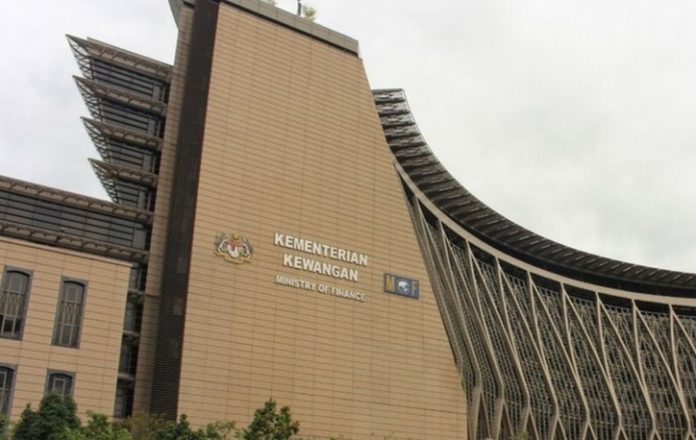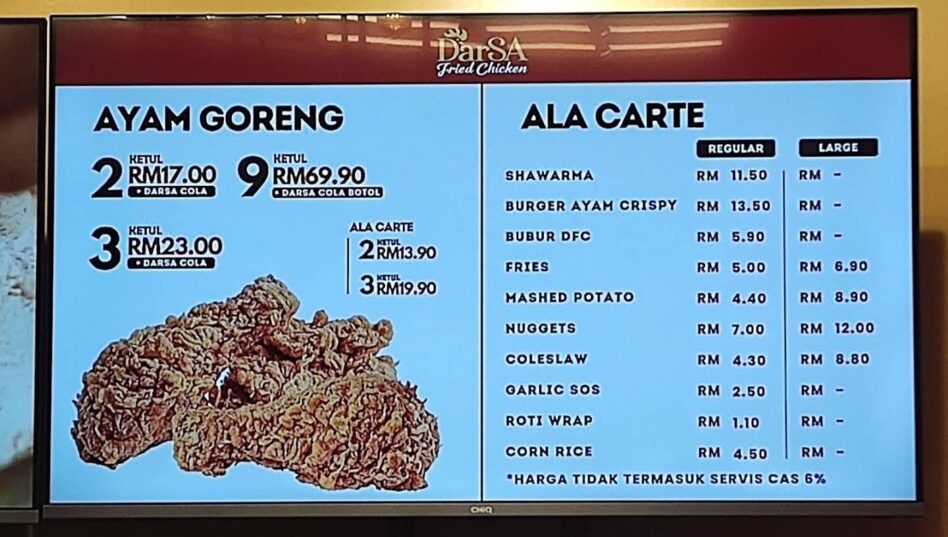AFTER three consecutive years of expansionary budget (2020-2022) alongside eight economic and financial packages to lift the Malaysian economy out of the prolonged impact of the COVID-19 pandemic crisis, the Government is in for another year of budget planning for 2023 which is scheduled for tabling in the Parliament on Oct 28.
Budget 2023 marks the last budget for a five-year administration term which will automatically be dissolved in July 2023 if not dissolved earlier. The 14th General Election (GE14) was held on May 9, 2018.
The Government has rolled out eight stimulus packages (RM530 bil or 35.8% of average gross domestic product [GDP] in 2020-2021) and three years of big fiscal spending (2020-2022F) totalling RM979.6 bil.
The Budget 2020-2021 had already spent RM647.5 bil or an average of 21.9% GDP with the Government having budgeted another record total spending of RM332.1 bil or 21.0% of GDP in Budget 2022.
Year-to-date (YTD) till April 2022, Budget 2022 has utilised 35.2% or RM116.9 bil of total allocation. Budget deficits for 2020-2022F average RM94.6 bil per year compared to an average deficit of RM42.3 bil per year in 2008-2019.
Given the Government’s limited fiscal space, how much “wow” factors can the Government actually afford this time around? Will the Government backtrack its fiscal reduction path as guided under the Mid-Term Fiscal Framework by going for another record year of fiscal spending? Does the Government have the capacity to borrow?
As of end-March 2022, Federal Government debt stood at RM1.006 tril or 61.4% of GDP while statutory debt was at RM949 bil or 57.9% of GDP which was below the statutory limit of 65.0% of GDP. Total debt and liabilities stood at RM1.32 tril or 86.7% of GDP as of end-March 2022.
Time to be prudent
The Debt Sustainability Analysis framework simulation demonstrates increased the Government’s debt vulnerabilities in the event of any shocks, thus limiting the fiscal space and the ability to raise additional borrowing for counter-cyclical responses.
Debt service charges (DSR) had increased by 9% per annum in Budget 2018-2022 to reach RM43.1 bil in 2022, making up 18.4% of total revenue.
This means that for every RM1 revenue collected, 18.4 sen go to service payment of domestic and external loans. It is higher than the fiscal rule’s limit which states that DSR must not be more than 15% of total revenue.

While the Government is expected to table a deficit budget for 2023 with spending priorities on critical sectors, it must not be as large as last three years’ budget deficit of averaging 6.2% of GDP in 2020-2022F.
It is time to resume a set of fiscal rules to carefully manage deficit, debt and costs while planning for the future. It must be responsible to support current and future generations by reducing persistent deficits and managing debt prudently.
Our future generations will be compelled in the future to confront the prospect of living in Malaysia where government debt is so high that its shadow darkens our fiscal and debt sustainable management and threatens the Government’s credit standing and country’s financial stability. Mounting debt level put the country at risk of a fiscal crisis.
It’s important to remember how we got there and to ensure that history does not repeat itself. In early 1980s, Malaysia had suffered unsustainable fiscal deficit and debt levels as well as current account deficit of the balance of payments.
As guided by Ministry of Finance’s Pre-Budget Statement dated June 3, Budget 2023 will emphasise a more sustainable fiscal position by improving revenue and expenditure efficiency in balancing growth and fiscal consolidation.
The Government needs to rebuild fiscal space for responding to future shocks. If ever the Government proposes a budget that will be larded with election goodies in seeking the support of the electorate – and showing no firm commitment towards fiscal consolidation – this will undermine our credibility in the eyes of rating agencies and investors.
Tough decision making
If the Government spends every ringgit it takes in – and then borrows even more to keep going and the fiscal deficit keep widening – the full cost of debt burden will be borne by not only current generation but also future generations.
Building fiscal anchors face constraints because of budget rigidities (revenue can only be used for meeting operating expenditure; borrowings can only be used to finance development expenditure), extreme revenue volatility (dependence on oil revenue and a narrowed tax base), spending pro-cyclicality and prioritisation, and limited implementation capacity.
While it is easy to run a deficit during downturns, building fiscal buffers during upturns by saving revenue windfalls could be difficult owing to political pressures to spend in the face of large recurrent operating expenses, development and infrastructure needs.
Political economy considerations suggest that fiscal governance without strengthening fiscal institutions could create a fiscal deficit bias and fiscal leakages.
In this regard, strengthening fiscal governance framework requires a comprehensive macro and fiscal reform strategy, including spending and revenue reforms. Faster implementation of these reforms will bolster confidence and economic recovery.
Over the medium-term, re-building fiscal space and restoring fiscal sustainability and debt stability require continued restraint in expenditure growth and reforms to raise economic growth:
- An expansion of revenue base (reforming the tax system, and strengthening tax collection efforts): Even if we have higher revenue, says from the GST (goods and services tax) in the future and bumper oil revenue, it must be set aside a portion of higher‐than‐expected revenue to narrow the budget deficit. This mitigates the impact of higher interest rates on debt‐service costs and improves the longer‐term debt outlook;
- Rationalisation and prioritisation of expenditure, focusing on critical and functional as well as needs-based spending programmes: Subsides must shift from product to targeted vulnerable households based on the principle of income and needs. Implement conditional cash transfer program only for the vulnerable and under-served households and individuals such as disabled, elderly, and people suffered from poverty; and
- Increases in economic output so as to outpace increases in public debt levels over time. – June 22, 2022
Lee Heng Guie is the executive director at Socio-Economic Research Centre (SERC) Malaysia.
The views expressed are solely of the author and do not necessarily reflect those of Focus Malaysia.











